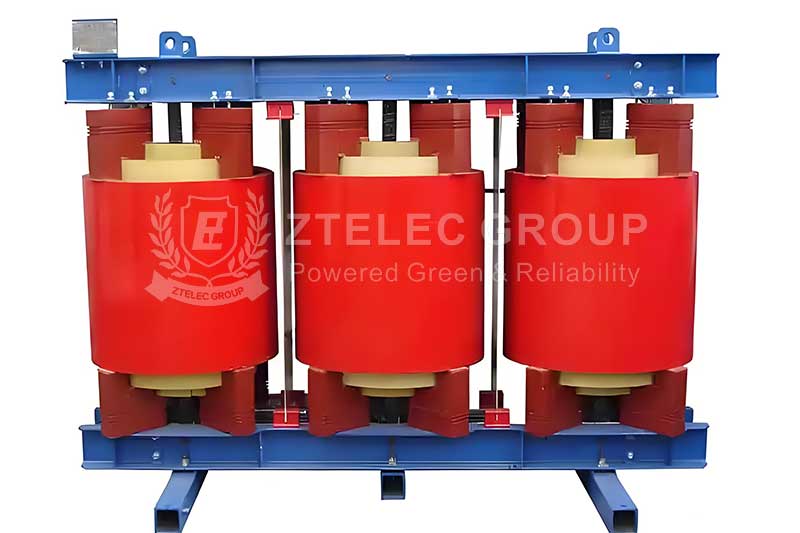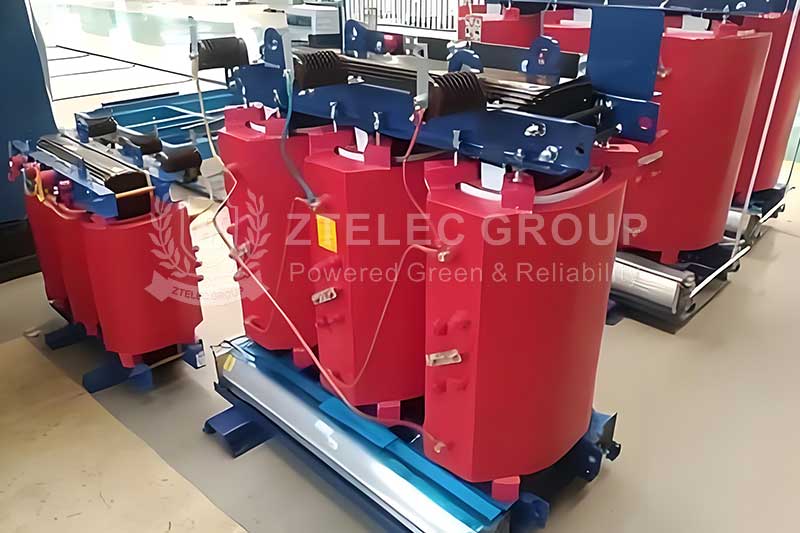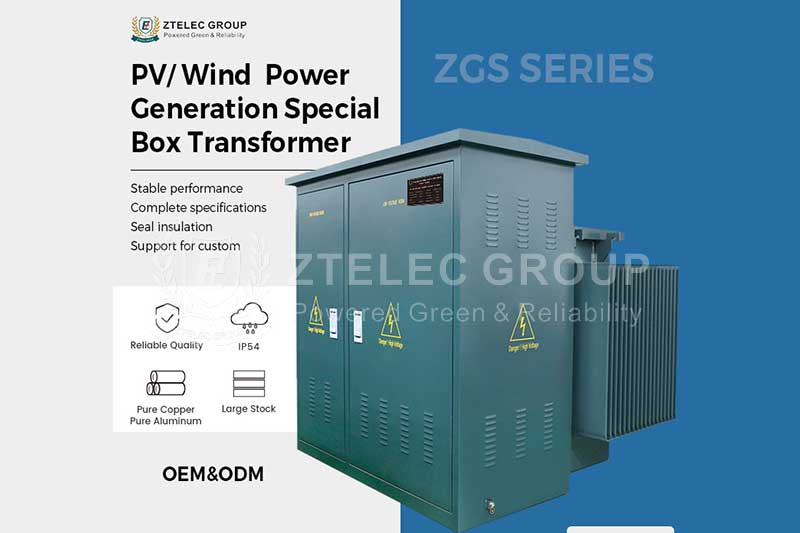Principle and winding method of coil transformer
Time:2024-11-15 Auther:ZTelec-www.ztelectransformer.com
What is a coil transformer?
Coil transformer, also known as inductor, is a transformer that converts AC electrical energy of a certain voltage, current and power into AC electrical energy of the required voltage, current, and power. The coil transformer consists of magnetic circuit, primary coil and secondary coil. The magnetic circuit is usually made of an iron core. The primary and secondary coils are wound around the iron core. Among them, the winding connected to the high-voltage power supply is called the primary coil and the winding connected to the voltage after the transformer is called the secondary coil.

The working principle of coil transformer
The working principle of the coil transformer is based on the principle of electromagnetic induction. When an alternating current passes through the primary coil, it creates an alternating magnetic field in the core. This magnetic field induces a voltage in the secondary coil, thereby achieving a voltage change. Specifically, when a voltage U1 is added to the primary side winding, a current I1 flows through it, which creates alternating magnetic flux O1 in the core that are called the main flux. Under its action, the two sides of the winding are respectively induced potential, and finally drive the transformer control device.

dry-type-transformer
Winding methods of coil transformers
Coil transformer winding methods are roughly divided into five types:
1.A layer of dense winding: The wiring occupies only one layer, and there is no gap between the tight line and the line. Neat winding.
2.Equal winding: Winding at equal intervals within the winding range; An interval error of less than 20% is allowed.
3.Multi-layer close winding: In a winding, a layer can not be wound and must be wound to the second layer or more. This winding is divided into three cases:
· Arbitrary winding: The wiring is arranged neatly to some extent. When the top layer is reached, the wiring has been disorderly and uneven. This is the coarsest method of winding.
· The whole row is tightly wound: Almost all the wiring is neatly arranged, but there are a number of wiring disordered (about 30% of all, the number of laps is about 5%REF).
· The complete whole row of dense winding: Winding to the top is not chaotic. Winding is very neatly arranged. This is the most difficult winding method.
4.Positioning winding: Wiring is specified in a fixed position, generally divided into five cases:
· close to the designated point winding;
· uniform sparse winding specified point winding;
· close to the designated side winding (outgoing side);
· dense winding;
· close the specified side winding (opposite side).
5.Duplex winding: Two or more wires are wound parallel to the same set of wires and they should be wound parallel to each other and should not cross. This winding can be roughly divided into four cases:
· the same group and winding;
· different groups and winding;
· multiple groups and winding;
· different groups or the same group of double winding.
Winding precautions
· Before winding, carefully read the drawing and process card to ensure that the number of turns, wire diameter, number of layers and other parameters of the winding meet the design requirements.
· When winding the wire, it should be kept clean to avoid crossing and overlapping of the wire ends.
· Insulation paper should be padded between layers to ensure insulation performance between coils.
· The lead wire should be fixed to avoid loosening or damage during transportation and use.




